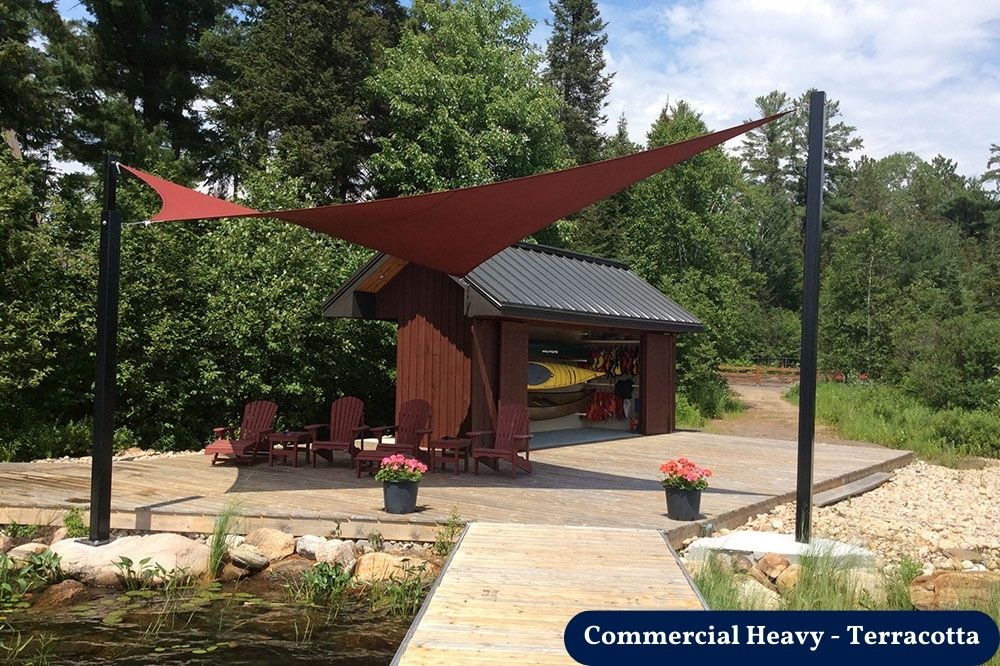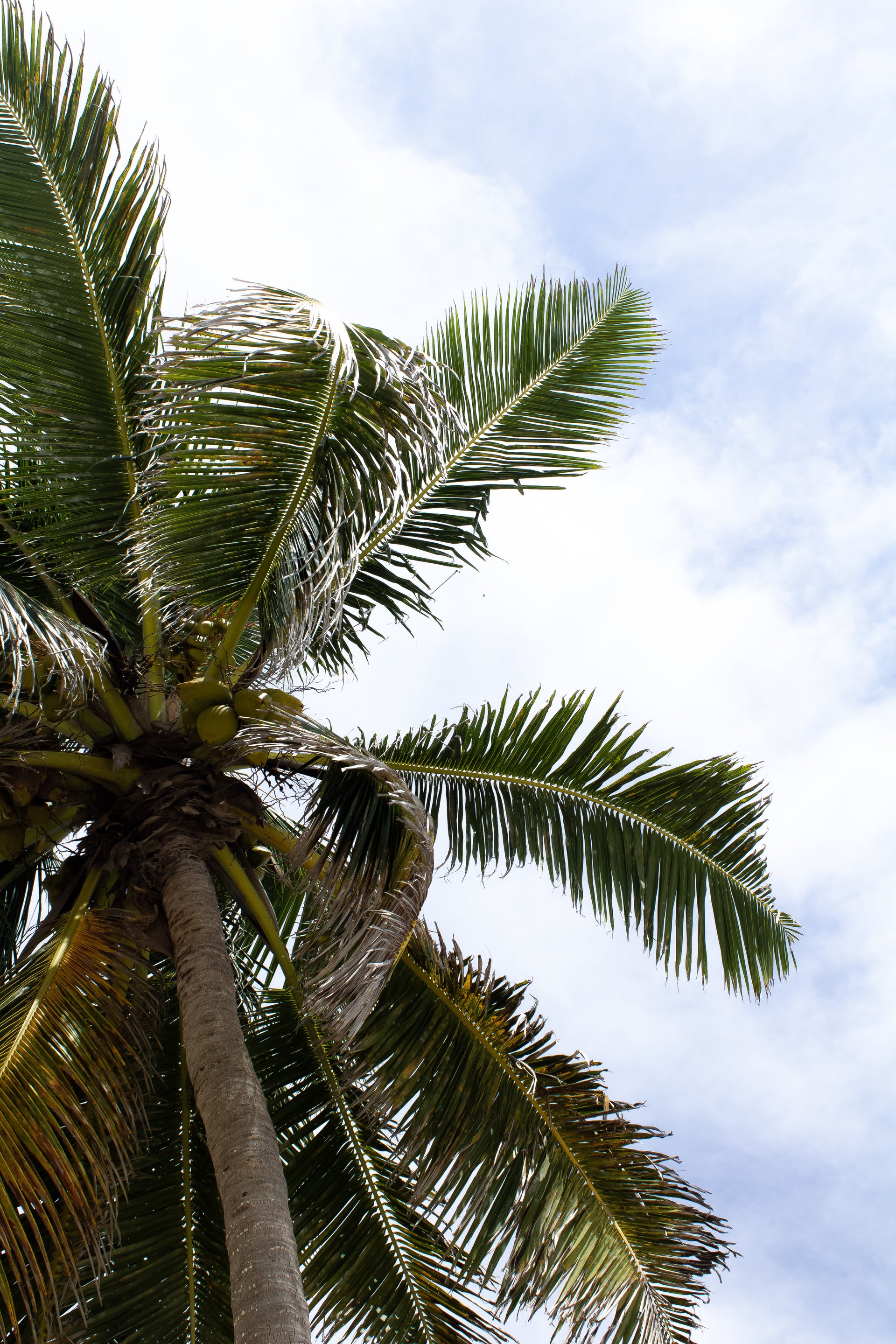Our YouTube channel includes detailed installation guides, frequently asked questions, product overviews and lots more. We are always open to content ideas so please let us know if there is a topic you would like us to cover.
How to Choose the Best Shade Sail Anchor Points for Stability and Style

When it comes to creating an outdoor oasis, shade sails offer a versatile and stylish solution. At the heart of a successful shade sail installation are the shade sail anchor points, which ensure stability and enhance the aesthetic appeal of your space. Choosing the right anchor shade points involves more than just picking a location; it's about understanding structural needs, material strength, and design harmony.
Who Needs Shade Sail Anchor Points?
Anyone looking to install a shade sail — whether in a backyard, at a cafe, or a public park — needs to consider their anchor points. These critical components serve as the foundation for your shade structure, making them essential for anyone seeking durability and style in their outdoor area.
What Are Shade Sail Anchor Points?
Shade sail anchor points are the fixed locations where the ends of the shade sail are attached. These can be existing structures like walls or posts, or new installations specifically designed to support the sail. The choice of materials for these points, whether they are metal, wood, or synthetic posts, plays a pivotal role in the overall effectiveness and longevity of the shade structure.

When Should You Consider Shade Sail Anchor Points?
Consider your anchor points during the initial planning stage of your shade sail project. Early consideration ensures that your anchor points align with both the functional requirements and the aesthetic goals of your outdoor space. Whether you’re starting from scratch or making modifications, identifying the right anchor points early in the process can significantly impact the outcome.
Where Should Shade Sail Anchor Points Be Located?
The location of your shade sail anchor points should be carefully planned to balance both technical and visual aspects. Anchor points should be positioned to provide adequate tension to the sail, avoiding both excessive slack and undue stress, which can lead to premature wear. Commonly, these points are placed on walls, fences, or standalone poles. Additionally, the sites must provide an unobstructed path for draining rainwater, ensuring the longevity of the sail.
Why Are Shade Sail Anchor Points Important?
The role of anchor points extends beyond merely fixing the shade sail in place; they are crucial for the stability and safety of the structure. Well-placed anchor points prevent the sail from sagging or moving in strong winds. Moreover, they contribute aesthetically, complementing the design and feel of your space. Poorly chosen points can detract from both functionality and style, underscoring the importance of thoughtful selection.
How to Choose the Best Shade Sail Anchor Points
Choosing the best shade sail anchor points involves several considerations:
- Material and Durability: Opt for materials that can withstand weather conditions prevalent in your area. Stainless steel fittings, for instance, offer excellent corrosion resistance.
- Load Bearing Capacity: Assess the load-bearing capability of the chosen anchor points to ensure they can support the tension required by the sail, especially in high wind areas.
- Space and Coverage: Determine the area you wish to cover and ensure your anchor points are located to achieve the desired shade pattern, balancing sun coverage with open space.
- Aesthetics: Ensure that the anchor points blend with or enhance the existing aesthetic of your outdoor area. The design and positioning should complement the overall environment, adding to the visual appeal.
- Professional Consultation: For complex installations, seeking professional advice can be invaluable. Experts can provide insights into structural integrity, proper tensioning techniques, and optimal material choices.
FAQ: Shade Sail Anchor Points
As a shade sail installation expert, I'm here to guide you through the critical topic of shade sail anchor points. Whether you're adding shade to your patio, garden, or pool area, selecting the right anchor points is essential for both functionality and aesthetics. Here are answers to frequently asked questions about shade sail anchor points:
What Factors Should I Consider When Choosing the Best Shade Sail Anchor Points for Stability and Style?
1. Material Strength and Durability:
- High-Quality Materials: Choose anchor points made from durable materials like stainless steel, galvanized steel, or high-grade aluminum. These materials resist corrosion and withstand various weather conditions, ensuring long-lasting stability.
- Load Capacity: Ensure each anchor point can support the calculated load, including wind pressure. Overloading anchor points can lead to failure and potentially damage your shade sail.
2. Location and Surface Type:
- Mounting Surface: Identify whether you're attaching to concrete, wood, steel, or brick. Each surface type requires specific anchors, such as expansion bolts for concrete or wood screws for timber structures.
- Proximity to the Installed Area: Anchor points should be positioned to allow for optimal tension while accommodating the sail’s angles. Ideally, they should be a few feet away from the sail's edges to prevent sagging.
3. Aesthetic Considerations:
- Color and Finish: Select anchor points with colors and finishes that blend seamlessly with your surroundings. Powder-coated options in earthy tones can complement natural settings, while metallic finishes may suit modern designs.
- Concealed vs. Exposed Mounts: Depending on your design preferences, choose between exposed, decorative fixtures or concealed options for a cleaner look.
4. Environmental Considerations:
- Consider any potential environmental impacts, such as effects on nearby trees or structures, and choose an eco-friendly approach when possible.

How Do Shade Sail Anchor Points Contribute to the Stability and Style of My Outdoor Space?
- Structural Stability: By providing robust anchor points, you ensure that the shade sail remains taut and secure despite variable weather conditions. A properly tensioned sail also minimizes flapping, reducing noise and wear.
- Design Continuity: Well-considered anchor points enhance the architectural aesthetic of your outdoor space. They can either seamlessly integrate into the existing architecture or become focal points, adding to the overall visual appeal.
- Versatility and Flexibility: Correctly placed anchor points allow you to adjust the tension and positioning of the shade sail. This flexibility can promote airflow and create varied shade throughout the day, enhancing comfort.
Can the Type of Shade Sail Anchor Points I Choose Impact the Longevity of My Shade Sail?
Absolutely, the type of shade sail anchor points can significantly impact the longevity of your shade sail. Durable and corrosion-resistant anchors contribute to the prolonged life of both the points themselves and the sail. Inferior materials may degrade faster, leading to sagging, tearing, or complete failure of the sail. Additionally, well-installed impermeable anchors prevent moisture ingress and rust, extending the lifespan of the installation.
What Are Some Tips for Installing Shade Sail Anchor Points for Maximum Stability and Style?
- Pre-Installation Assessment: Conduct a thorough assessment of the installation area. Consider the load, wind patterns, and sun paths to determine the optimal positions and angles for anchor points.
- Precise Measurements: Accurate measurements are crucial. Use a laser level or tape measure to ensure all anchor points are correctly positioned before drilling any holes.
- Optimal Tensioning: Utilize turnbuckles or rigging screws to fine-tune the tension of your shade sail. Proper tension prevents sagging and increases the aesthetic appeal and durability of the sail.
- Professional Consultation: If unsure, consult with a professional. Experienced installers can recommend specific anchor point designs that harmonize with both your structural and aesthetic needs.
- Regular Maintenance: Periodically check all anchor points for wear, rust, or any signs of failure. Tighten connections if necessary and replace components showing signs of corrosion or excessive wear.
By carefully considering these aspects and implementing them effectively, you can ensure your shade sail meets both functional and stylistic objectives, providing a beautiful and harmonious addition to your outdoor space.
Conclusion
Shade sail anchor points are the cornerstone of any successful shade sail installation. They harmonize stability with style, requiring careful consideration to ensure both function and form are achieved. When properly selected and installed, they not only support the sail but also elevate the aesthetics of your outdoor space. Whether for a residential backyard or a commercial area, investing time in choosing the right shade sail anchor points will ensure your space remains a haven of comfort and style.




